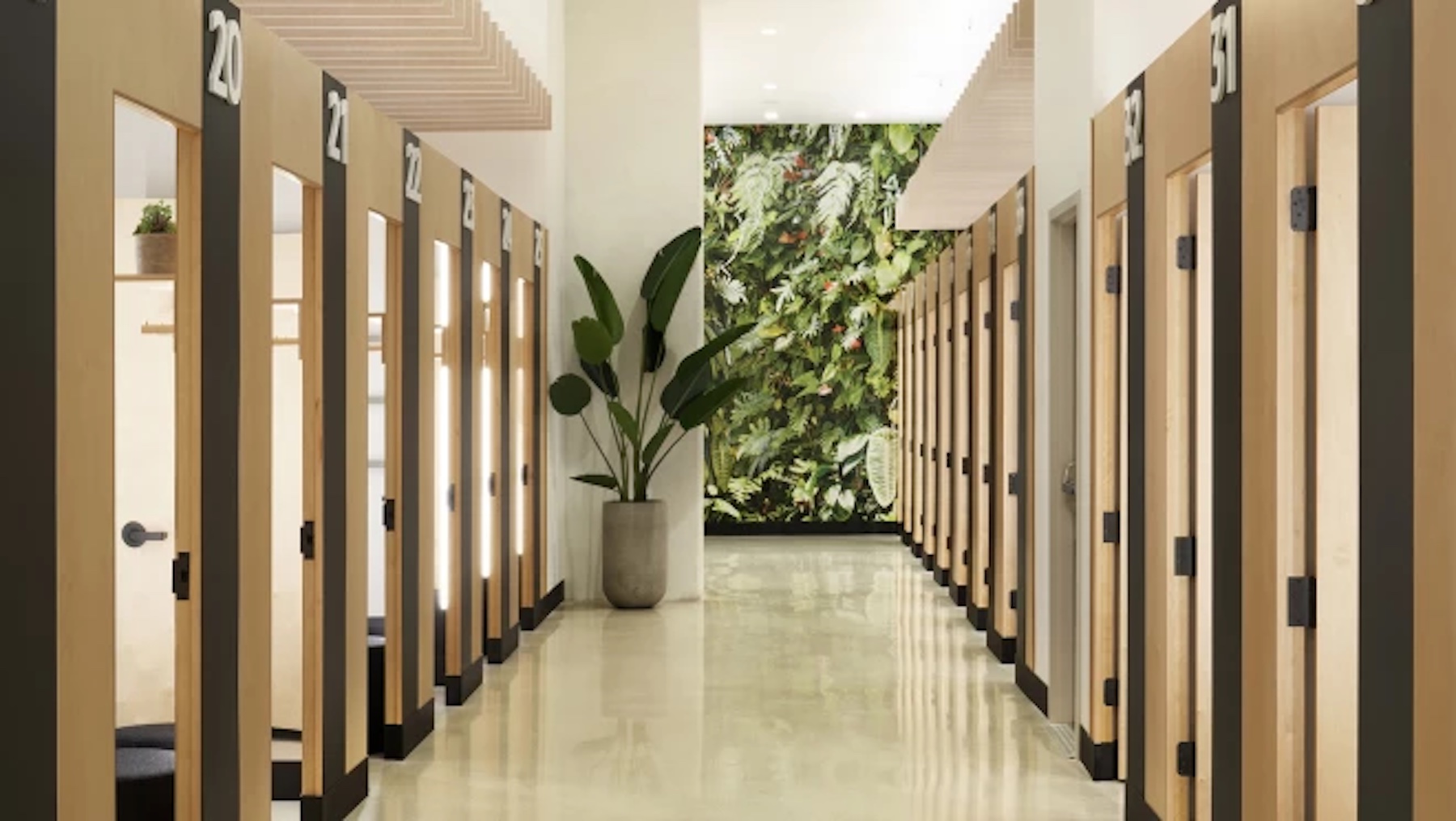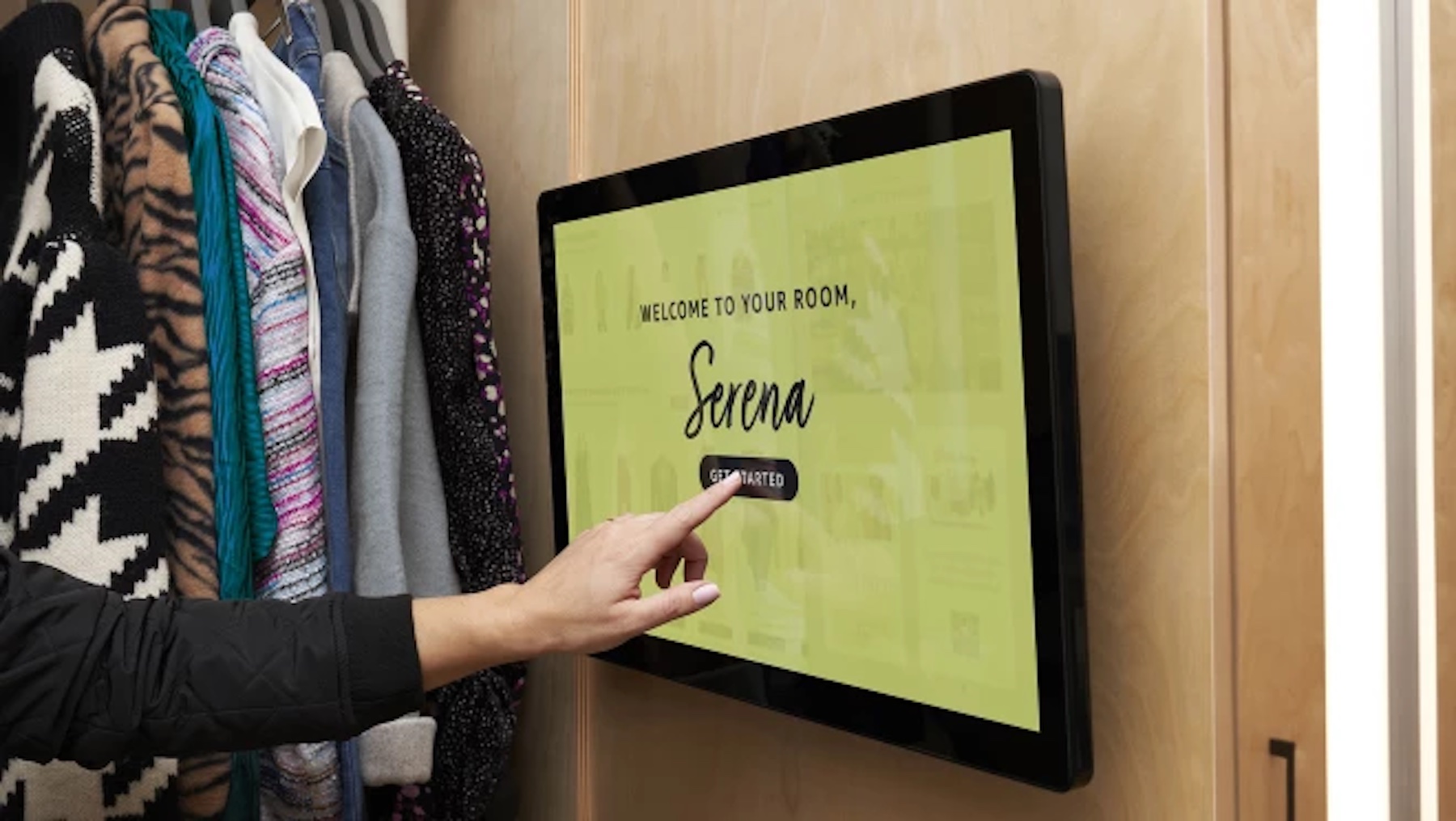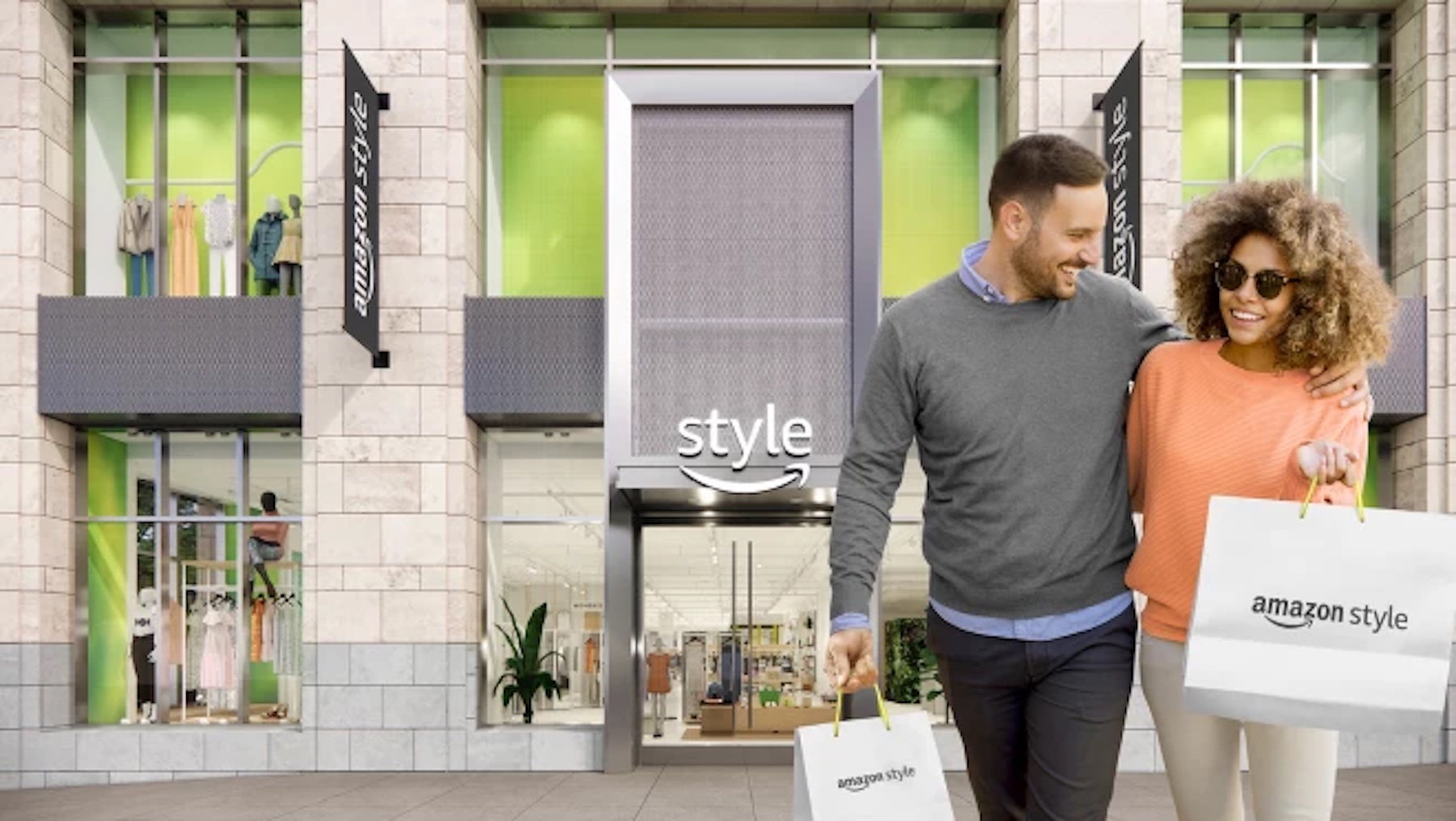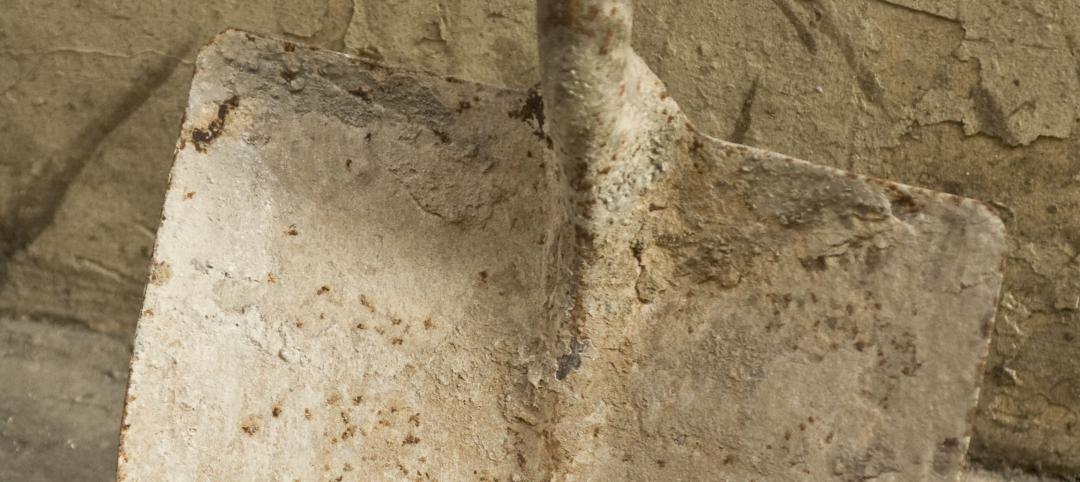Last week, Amazon unveiled plans to build a physical fashion store concept, dubbed Amazon Style, in Los Angeles. The e-commerce giant says the store will offer “together the best of shopping on Amazon–great prices, selection, and convenience–with an all new shopping experience built to inspire.”
Amazon has proven to be a giant in online apparel shopping, growing year after year. Last March, Wells Fargo reported that the company surpassed Walmart as the No. 1 apparel retailer in the United States. Now, the company is looking to transfer that online success into physical success with Amazon Style.
The 30,000–sf store will be about the size of a typical TJ Maxx, but smaller than your average department store. The first location is set to open in a Los Angeles suburb later this year. Amazon has given physical retail a shot in the past in the form of groceries and books, but it has never sold clothing or shoes in stores, until now.
Amazon will stock its own products, well known names such as Adidas and Jockey, as well as up-and-coming brands. The store will cater to every price point. “You’ll find everything from the $10 basic to the designer jeans to the $400 timeless piece,” said Simoina Vasen, managing director of Amazon Style.

Amazon's Tech-Based Shopping Experience
Customers will notice a few different features than your average retail clothing store as soon as they walk in the door. Amazon Style will be the first of its kind, truly relying on technology and their mobile app.
The front of the store will feature “display items” with one size and one color of each product, and customers will be able to scan a QR code and see the sizes, colors, and products available.
Each of the fitting rooms will have touch screens where shoppers can have items sent to them. Lastly, checkout will be facilitated by Amazon One, the company’s palm-scanning technology.
Non-Traditional Retail Convenience
Obviously this way of shopping is non-traditional, but the real question is will it work? After the announcement, there has been some debate on whether or not shoppers prefer this style of shopping or would rather search through clothing racks for a hidden gem.

Many shoppers do enjoy the experience of “treasure hunting”, but the company believes in their mission. Although Amazon Style’s QR code model doesn’t necessarily fall in line with those customers wanting to look through different selections, it does offer one thing that many people look for when it comes to their time and shopping experience, which is convenience.
Convenience seems to be the common theme with Amazon Style’s QR code model, and Vasen believes their “unique store design, advanced technology, and thoughtful curation will make it easier than ever for customers to have an inspiring, convenient, enjoyable, and ultimately successful shopping experience.”

Related Stories
| Sep 23, 2011
Under 40 Leadership Summit
Building Design+Construction’s Under 40 Leadership Summit takes place October 26-28, 2011 Hotel at the Monteleone in New Orleans. Discounted hotel rate deadline: October 2, 2011.
| May 17, 2011
Redesigning, redefining the grocery shopping experience
The traditional 40,000- to 60,000-sf grocery store is disappearing and much of the change is happening in the city. Urban infill sites and mixed-use projects offer grocers a rare opportunity to repackage themselves into smaller, more efficient, and more convenient retail outlets. And the AEC community will have a hand in developing how these facilities will look and operate.
| Apr 12, 2011
Retail complex enjoys prime Abu Dhabi location
The Galleria at Sowwah Square in Abu Dhabi will be built in a prime location within Sowwah Island that also includes a five-star Four Seasons Hotel, the healthcare facility Cleveland Clinic Abu Dhabi, and nearly two million sf of Class A office space.
| Mar 30, 2011
Big-box giants downsize, open smaller, urban stores
As U.S. chain retailers absorb the lessons of the Great Recession, many big-box chains have started to shrink average store footprints to reflect the growing importance of multi-channel shopping, adapt to urban settings, and recognize the need to optimize portfolios. Wal-Mart, Target, Best Buy, and the Gap, among others, all have small concepts in the works or are adapting existing ones. These smaller store formats should allow the retailers to maximize profitability and open more stores in closer proximity to each other.
| Mar 22, 2011
Mayor Bloomberg unveils plans for New York City’s largest new affordable housing complex since the ’70s
Plans for Hunter’s Point South, the largest new affordable housing complex to be built in New York City since the 1970s, include new residences for 5,000 families, with more than 900 in this first phase. A development team consisting of Phipps Houses, Related Companies, and Monadnock Construction has been selected to build the residential portion of the first phase of the Queens waterfront complex, which includes two mixed-use buildings comprising more than 900 housing units and roughly 20,000 square feet of new retail space.
| Feb 23, 2011
Unprecedented green building dispute could cost developer $122.3 Million
A massive 4.5 million-sf expansion of the Carousel Center shopping complex in Syracuse, N.Y., a project called Destiny USA, allegedly failed to incorporate green building components that developers had promised the federal government—including LEED certification. As a result, the project could lose its tax-exempt status, which reportedly saved developer The Pyramid Cos. $120 million, and the firm could be penalized $2.3 million by the IRS.














